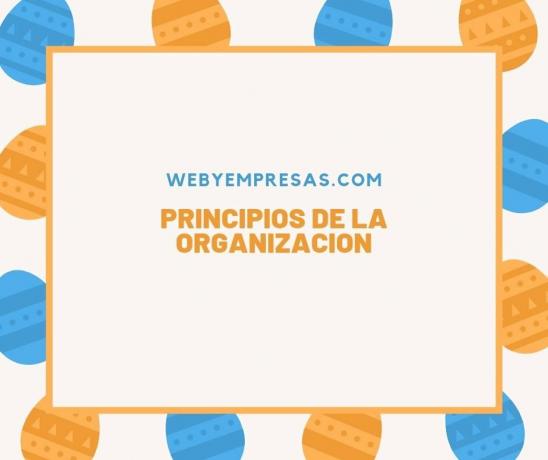Planning is a fundamental corporate responsibility that is often overlooked, especially in smaller companies with limited time and staff resources. However, the reason for this oversight is often the result of management's lack of planning techniques.
Learning useful planning factors and methods eliminates this knowledge gap. Business planning is as important as having a map when traveling to an unfamiliar place. Without it, you may never reach your destination.
Advertisements
In business planning, there are two main types of data that can be collected in planning and even in market research to make decisions. Both can be valuable for different purposes. Among these are:
- Quantitative business planning techniques
- Qualitative business planning techniques

Advertisements
In this article you will find:
Quantitative Planning
Quantitative planning techniques are related to numbers. Use mathematical analysis and data to shed light on statistics
- Is there a market for the products and services?
- What level of market knowledge does this product or service have?
- How many people are interested in buying said product or service?
- What kinds of people are the best customers?
- What are the buying habits?
- How are the needs of the target market changing?
- How long are visitors on the website and what page do they leave from?
Most importantly, since quantitative research is mathematically based, it is statistically valid. This means that you can use your findings to make predictions about where your business is going.
Advertisements
Among the quantitative planning techniques most used in businesses and companies are:
- Decision trees
- Program Evaluation and Review Technique Networks (PERT)
- Feasibility studies
- Environment analysis
- Grantt plot
- Flowcharts
- Process diagrams
- Ishikawa's diagram
Advantages of quantitative techniques
Through the visualizations offered by graphical representations of quantitative data, patterns can be identified that reveal important information and trends. This pure mathematical approach to data analysis is typically objective and rational, which lends itself to comparative and percentage-based findings such as:
Advertisements
74% of the participants reported a positive response when interacting with customer service; however, only 36% of those who reported a quick resolution of their problem despite their positive experience '
Businesses often use these data points to confirm (or sometimes disprove) a hypothesis. In certain situations, quantitative data is used as the basis for a hypothesis that can be further tested.
Advertisements
Qualitative Planning
Qualitative planning techniques are not so much about numbers as about people and their opinions about your business. Qualitative technique, it is usually carried out through individual questionnaires or to a group of people. This can help us to specify problems and you know what the opinions, values and beliefs of the clients are.
Because qualitative research generally involves smaller sample sizes than quantitative research, it is not designed to predict future performance; rather, it provides an anecdotal view of your business.
Whereas quantitative research raises short-answer questions beginning with "to what extent," "how much," and "how many," qualitative research asks long-answer questions beginning with "how" and "why".
This is particularly useful if you are developing a new product, service, website, or ad campaign and want to get feedback before putting a big budget on it. Some of the typical questions that "quality" research may ask include:
- Why do you think this product is better than the competitor's products? Why do you think it is not?
- What would you do to improve this new service and make it more attractive to you?
- What do you think of this new company logo?
- How would you characterize the design of this website? How friendly and easily navigable is it?
- What does this print ad tell you?
Between the qualitative planning and research techniques most used in companies, businesses and organizations, are the following:
- Direct techniques: they show the approach of the study to the people who are interviewed. For example, in-depth interviews and group techniques.
- Indirect techniques: in these, the approach is hidden. Observation and projective techniques stand out more.
- Brainstorming
- The Delphi decision method
- The Synectics Problem Solving Tool (Personal Analogy, Direct Analogy, Symbolic Analogy, Fantasy Analogy).
Advantages of qualitative techniques
Context is key when analyzing qualitative data. The knowledge acquired from the data collected through qualitative research and planning techniques will always depend on the context and, therefore, should be carefully reported in reference to the context in which they were collected.
One of the most common ways to analyze qualitative data is thematic analysis, in which identify and interpret recurring themes, patterns, and relationships within the data to generate knowledge.
Of course, the challenge with this form of analysis is that it is subjective, influenced by the perception of those conducting the analysis. For this reason, qualitative data is more often displayed in its raw or abbreviated form than quantitative analysis.
Quantitative research methods, such as surveys and questionnaires, will provide researchers with an understanding of what is the situation, while qualitative research methods will provide the context and rationale for why the situation.
While it is possible to use only one type of research within a study, the data generated from this will never be able to provide a complete picture. To implement a well thought out research project that provide accurate and actionable information, it is better to combine qualitative and quantitative research methods to have a better chance of getting the full story.


